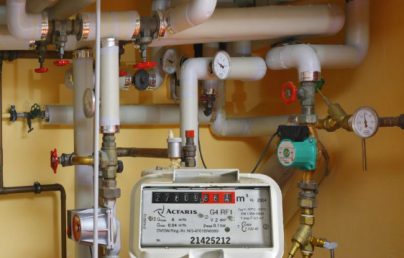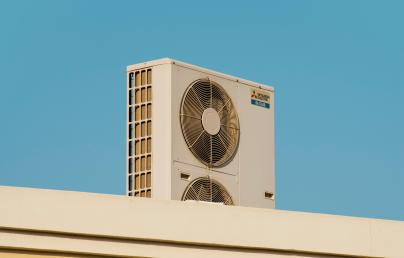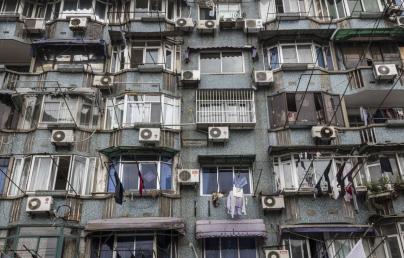
The future of cold climate air source heat pumps

The future of cold climate air source heat pumps
With awareness about electrification growing, how can people gain in-depth knowledge about cold climate air source heat pumps? E4TheFuture co-funded essential new research: The Residential ccASHP Building Electrification Study.
Cold climate air source heat pumps (ccASHPs) are important to our future. Achieving ambitious decarbonization targets will require:
- widespread electrification of thermal loads
- improved performance of building enclosures
- the ability to store or shift energy use using grid integration
- supplying energy loads from zero emissions resources
However, most buildings in the Northeast use fossil fuels (oil, gas, propane, or wood) to serve thermal loads. While the use of ASHPs is on the rise, they are still primarily used as supplemental sources. Greater adoption of whole-home heat pumps, or heat pumps serving as the primary heating source, is necessary to decarbonize building stock.
The research by Cadmus focused on 40 homes across NY and MA that use ccASHP systems as the primary heating source. Policymakers and program administrators can find useful data about customer experience with—and in-field performance of—ccASHPs designed for whole-home heating and cooling.
Key takeaways from the study are particularly useful for residential buildings in the Northeast United States.
residential-ccashp-building-electrification_060322.pdf
English (2.32 MB - PDF)
